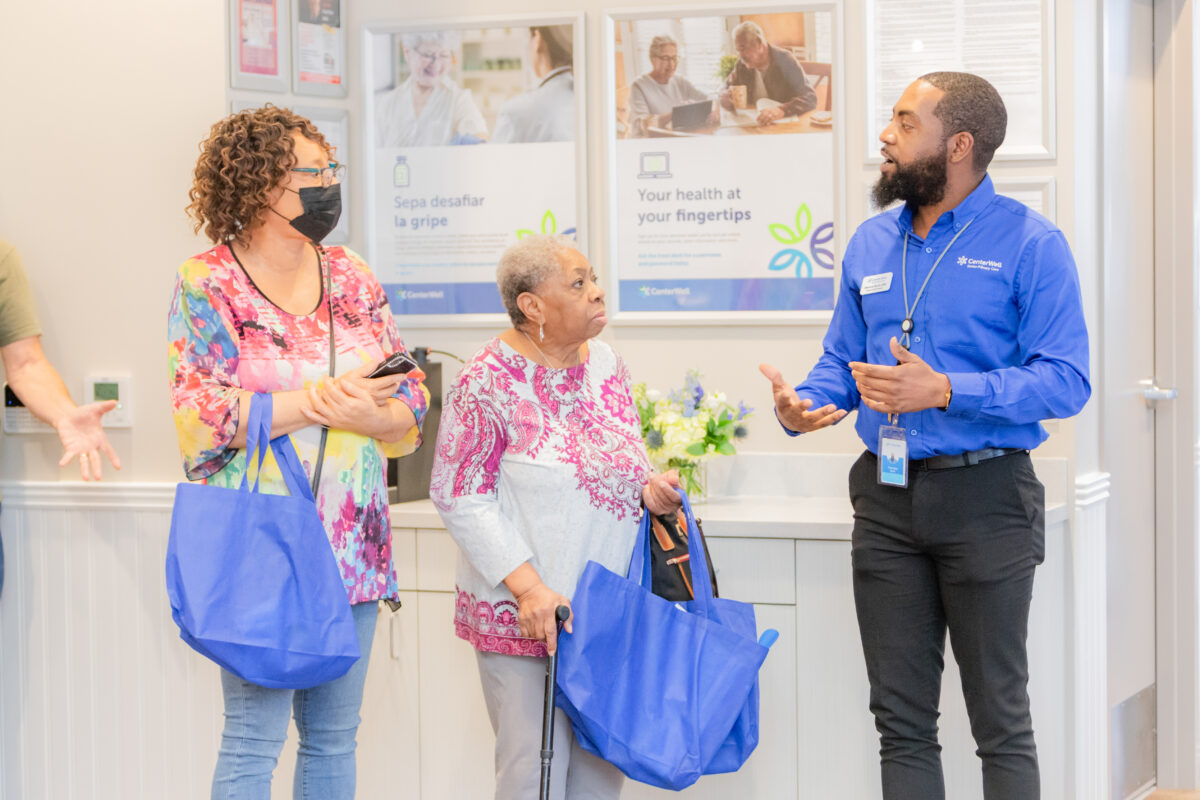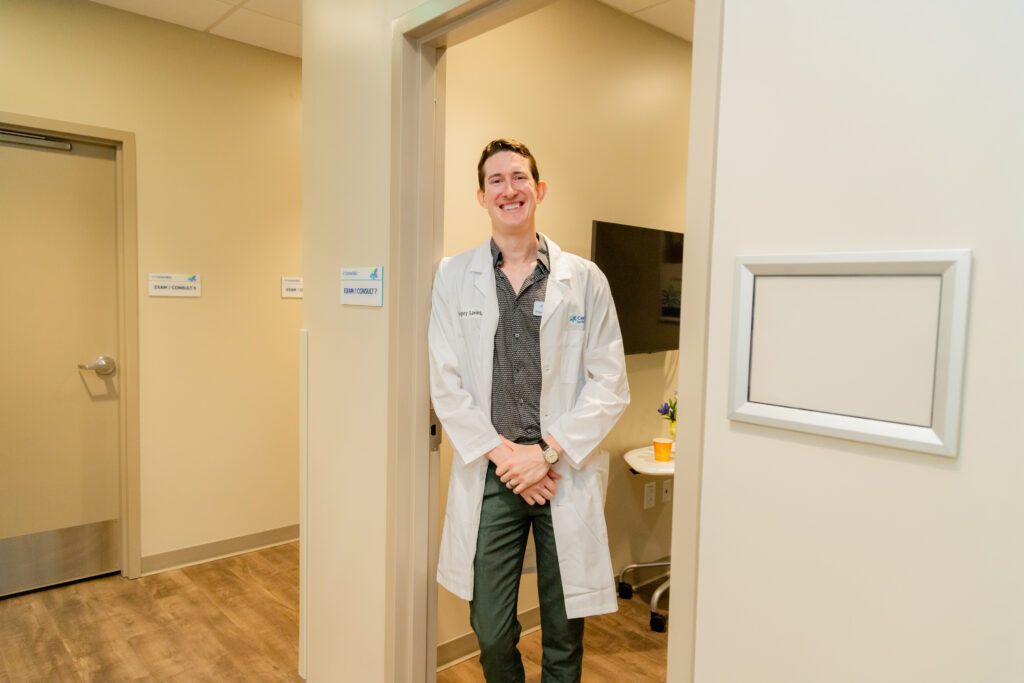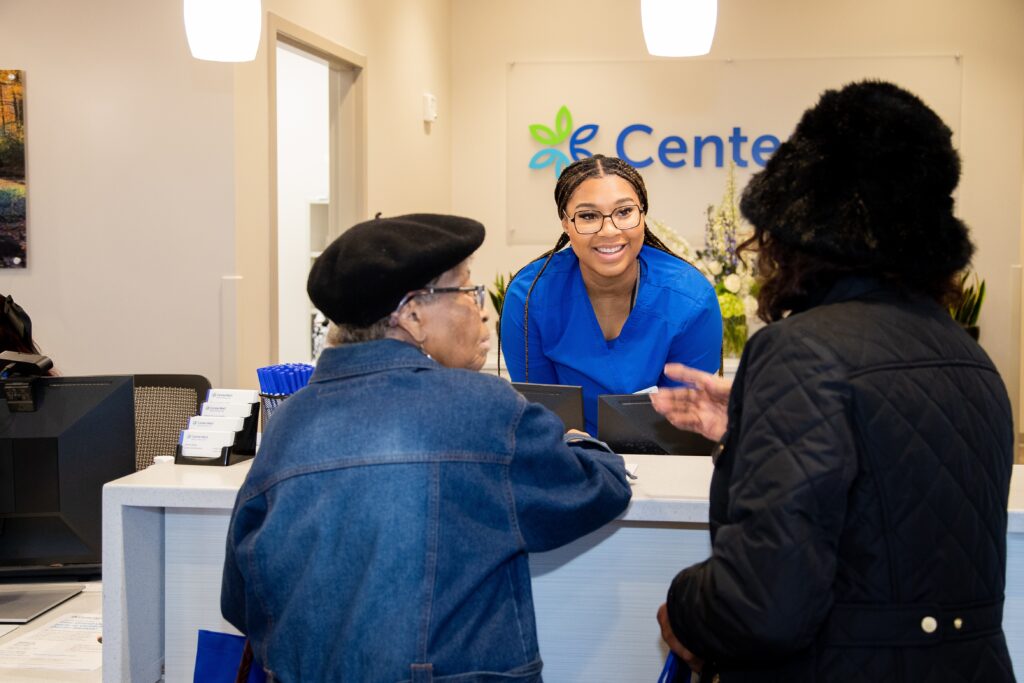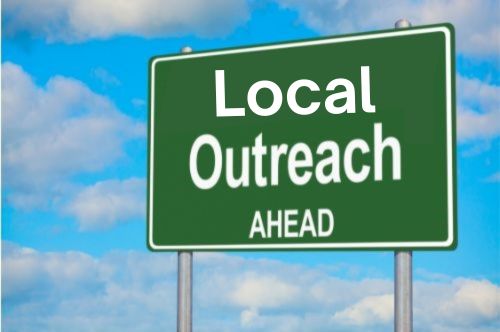by NCRGEA Lobbyist Jessica Proctor
Legislators began the week with a busy three days of committee meetings and votes. The week stalled abruptly due to the death of Rick Moore, a King’s Mountain councilman and father to House Speaker Tim Moore. The Senate held committee meetings Tuesday but canceled meetings Wednesday and Thursday, as the late Mr. Moore’s funeral was held Wednesday, May 29. The House canceled its week Tuesday, including voting sessions previously scheduled for Wednesday and Thursday.
COLAs
Currently, there are three bills appropriating both a percentage cost of living adjustment (COLA) and a lump sum appropriation. SB 805 and House companion bill 934, “Make State Employment Great Again”, has a one-time, $100,000,000 bonus line item for retirees S805v1.pdf (ncleg.gov); H934v1.pdf (ncleg.gov). House Bill 930 H930v1.pdf (ncleg.gov) provides a 3 percent recurring adjustment for both state and local retirees, with a total price tag of $231,000,000. All three bills have passed first reading and are currently scheduled in the respective chamber’s rules committees.
Other Bills Affecting Retirees
Last week, three bills pertaining to retirees passed two committees and the House, with one sent to the Senate by special messenger. Two of the bills were technical. The other, HB 1020, Retirement Administrative Changes Act of 2024, has varied changes in current retirement policy. This includes expanding eligibility for participation in the state’s supplemental retirement plan (401k), tightening penalties for employers that submit late contributions, and ending retirement payments for persons also receiving subsequent severance.
In its original form, Section V of the bill pertained to tightening payroll and pension deduction requirements for both retiree and active associations, sunsetting groups that had: a) membership of less than 2,000 and b) had not deducted in December 2023. The NCRGEA Government Relations team and others worked together to have this language stricken from the bill. The bill is now in Rules and Operations and its latest edition may be found here: H1020v3.pdf (ncleg.gov).
House Bill 237, “Unmask Mobs and Criminals,” dramatically changed form from its original House version, only to have the House non-concur when the bill returned from Senate passage. While many provisions of the bill returned masking policy back to pre-COVID status, opponents of the bill say the bill reaches too far, restricting masks for persons with health issues. The bill is now considered dead, with opposition from both parties.
Another healthcare bill passed the Senate Healthcare Committee recently, and now rests in Senate Finance. HB 681: Healthcare Flexibility Act H681v2.pdf (ncleg.gov) originally passed the House in 2023 with unanimous, bipartisan support. Its latest version includes revised physician interstate licensure compact language and adds other healthcare policy priorities of the Senate.
These include:
• Ability for nurse practitioners with 4,000 hours of practice experience to be eligible to apply for full practice authority.
• Prohibition of facility fees for treatments performed in a non-hospital setting.
While running skeletal sessions for the remainder of the week, the legislature will fully return Monday, June 3.
To learn more, use the NCRGEA Bill Tracker powered by FastDemocracy.













